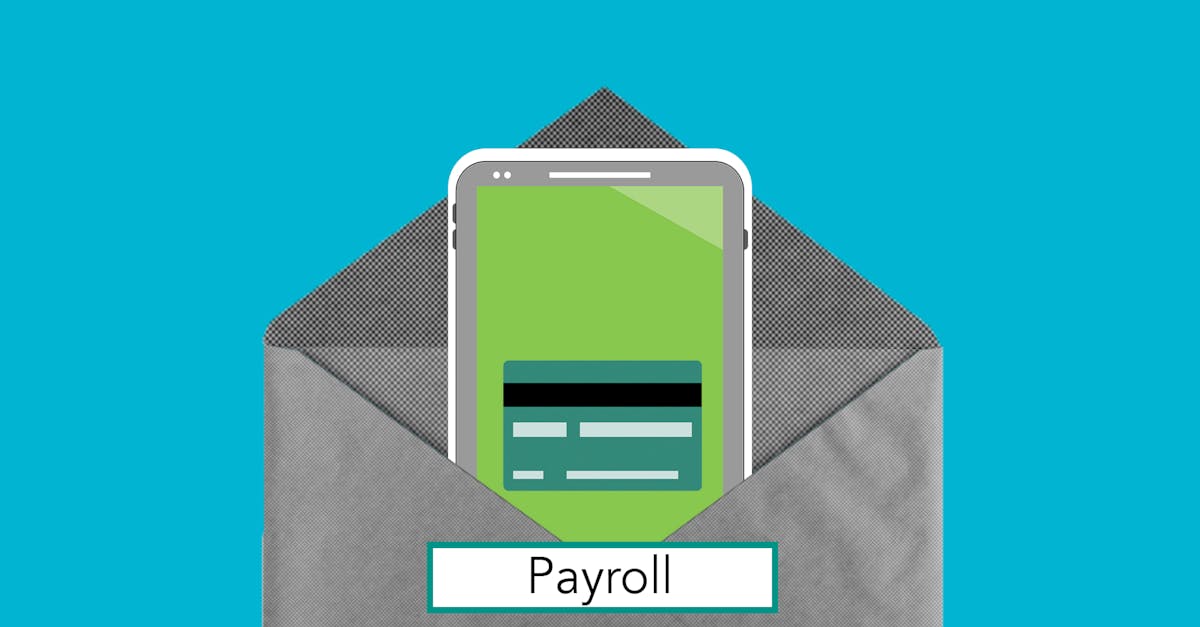
Introduction
Every day, HR teams in growing, distributed companies spend hours on repetitive approvals—time‑off checks, expense claims, equipment orders—that slow hiring, frustrate managers, and create compliance risk across time zones. If your team is still juggling emails, PDFs, and manual calendar checks, those small tasks become big blockers for productivity and morale. A practical fix is to standardize these processes into a focused remote workflow that removes friction and keeps approvals moving asynchronously.
This article shows how to use no‑code document automation and simple building blocks—smart forms, conditional routing, e‑sign, OCR, and integrations—to build time‑off, expense, equipment, and onboarding workflows without developers. You’ll get priority automation targets, ready‑to‑use recipes (time‑off→payroll, expenses→OCR→finance), integration and data‑hygiene best practices, recommended Formtify templates, and change‑management steps to drive adoption.
High‑value HR request workflows to automate for distributed teams (time‑off, expenses, equipment, onboarding requests)
Why automate these? Routine HR requests are high-volume, low-variance work that block HR and managers. Automating them reduces back-and-forth, speeds decisions across time zones, and creates a consistent remote workflow for a distributed team.
Priority workflows to automate
- Time‑off and leave requests — capture dates, coverage notes, and approver routing to avoid manual calendar checks. Use a standard leave request form to enforce policy and ensure audit trails. Example template: https://formtify.app/set/leave-of-absence-request-letter-eov60
- Expense claims — collect receipts, categorize spend, and route to finance with policy flags for over‑limit claims. Automate reminders when receipts are missing.
- Equipment purchases and returns — centralize requests for laptops, docking stations, and accessories with approval, purchase and inventory steps. Start with an equipment agreement to accelerate procurement: https://formtify.app/set/equipment-purchase-agreement-ef9td
- Onboarding requests — virtual team workflow to provision accounts, equipment, and training tasks in parallel so new hires are productive day one.
Business impact: faster approvals, fewer errors, improved compliance, and a consistent remote work experience for employees and managers. These automate the core of a distributed team workflow and enable scalable remote collaboration.
No‑code building blocks: conditional logic smart forms, approval chains, e‑sign and recurring automations
No‑code building blocks let HR teams design a remote workflow without engineering support. Combine smart forms, conditional routing, approvals and automations to handle common variations.
Core components
- Smart forms with conditional logic — show fields only when relevant (e.g., sick leave vs. parental leave), reducing form fatigue and errors.
- Approval chains — multi-step routing (manager → HR → finance) with parallel or serial approvals for distributed decision making.
- E‑signatures — integrate secure signing into equipment agreements, offer letters, or expense authorizations to avoid PDF churn.
- Recurring automations — scheduled tasks (e.g., monthly onboarding checklists, equipment audits) to keep the virtual team workflow running smoothly.
These building blocks support asynchronous workflow patterns and are the foundation for remote workflow automation tools and remote workflow templates you can reuse across the organization.
Sample automation recipes: time‑off request → manager approval → payroll update; expense claim → receipts OCR → finance approval
Concrete recipes make it easier to launch and iterate. Below are two practical automation examples you can implement with no‑code tools.
Recipe: Time‑off request → manager approval → payroll update
- Employee submits a time‑off form (use a remote workflow template to standardize fields).
- Conditional routing sends the request to the direct manager; if the absence exceeds policy limits, route to HR automatically.
- On approval, an automated update pushes fields to the HRIS/payroll system and creates a calendar event for team visibility.
- Automated notifications close the loop with the employee and the team; escalate if no response within SLA to avoid blocking work.
Recipe: Expense claim → receipts OCR → finance approval
- Employee uploads receipts and selects expense category in a smart form.
- An OCR step extracts date, amount and vendor to prefill the claim (fewer manual entries).
- Policy flags (high value, out‑of‑policy category) trigger finance review; otherwise auto‑approve to the payment queue.
- Integration posts approved claims to accounting software and generates an invoice or payment request: https://formtify.app/set/invoice-e50p8
Both recipes support asynchronous workflow: approvers respond on their schedule, and automations push updates so downstream teams don’t wait on manual handoffs.
Integration & data hygiene: connect HRIS, payroll and accounting while minimizing duplicate PII
Good integrations make your remote workflow reliable. Focus on minimal, secure data sharing and clear ownership to avoid duplicate personally identifiable information (PII).
Best practices
- Single source of truth — keep core employee records in the HRIS and sync only required fields to payroll and accounting.
- Field mapping and transformation — map IDs (employee ID, payroll ID) rather than names; transform formats consistently to avoid duplicates.
- Tokenization and least privilege — use tokens or hashed identifiers when passing data between systems; grant connectors only the scopes they need.
- Audit trails and retention — log who approved what and when; apply retention policies to minimize stored PII in downstream systems.
- Error handling — queue failed syncs, notify owners, and provide retry mechanisms instead of dropping records.
These steps keep your distributed team workflow predictable and secure while enabling automated updates between HRIS, payroll and accounting systems.
Recommended Formtify templates to launch no‑code HR workflows quickly
Start with tried templates to reduce build time. Formtify templates are preconfigured to cover common HR requests and can be customized for your policies.
- Leave & time‑off — ready‑to‑use leave request form with approval routing: https://formtify.app/set/leave-of-absence-request-letter-eov60
- Expense & invoice — expense submission and invoice generation template to tie into accounting: https://formtify.app/set/invoice-e50p8
- Equipment agreements — purchase and checkout workflow with e‑sign and inventory fields: https://formtify.app/set/equipment-purchase-agreement-ef9td
Use these as a starting point for remote workflow management. Clone and adapt the remote workflow process, add conditional logic, and publish examples for managers to follow.
Change management: training approvers, templating policies and SLAs for distributed teams
Automation is only successful if people adopt it. Focus on training, clear policies and agreed SLAs to make approvals predictable for a virtual team workflow.
Practical rollout steps
- Train approvers — short role‑based sessions showing how to approve on mobile and desktop, how SLAs work, and how to escalate exceptions.
- Template policies — publish one‑page policy templates (time‑off rules, expense limits, equipment lifecycles) linked directly from the form so decisions are consistent.
- Define SLAs — set response times for first review and final approval; automate reminders and escalations for overdue actions.
- Communication & collaboration — encourage asynchronous communication strategies (status comments inside requests) and integrate approvals into team collaboration tools used by your distributed team.
- Measure & iterate — track KPIs like approval time, automation rate, and error rate to refine remote work policies and workflow automation for distributed teams.
Applying these change management practices helps embed the new remote work processes into daily habits and keeps remote collaboration consistent across locations.
Summary
Automating routine HR requests with no‑code document automation turns hours of manual work into predictable, auditable processes: smart forms, conditional routing, e‑sign, OCR and integrations speed approvals, reduce errors, and protect PII. The recipes and building blocks in this article show how to standardize time‑off, expense, equipment and onboarding requests so managers and HR can operate asynchronously and at scale. With clear integration and data‑hygiene practices plus simple change management, legal and HR teams gain consistency, faster decisioning, and stronger compliance in a remote workflow. Ready to get started? Explore templates and launchable workflows at https://formtify.app
FAQs
What is a remote workflow?
A remote workflow is a defined process that lets distributed teams complete tasks and approvals asynchronously using digital tools. It replaces ad‑hoc email and PDF exchanges with standardized forms, routing rules, and automations so work moves forward without everyone being online at the same time.
How do I create a remote workflow?
Start by mapping the steps: who initiates requests, who approves, and what systems need updates. Then build a no‑code form with conditional logic, add approval chains and integrations to HRIS or payroll, and pilot with one team before scaling.
What are the best tools for remote workflows?
Look for no‑code platforms that combine smart forms, approvals, e‑sign and integrations—tools that let you assemble recipes without engineering. Choose solutions that support OCR for receipts, secure connectors to HRIS/payroll, and templates you can customize for your policies.
How do you manage asynchronous workflows?
Define SLAs, set automated reminders and escalations, and provide approvers brief, role‑based training so they know how to act on mobile or desktop. Use status comments and notification rules to keep context visible and avoid unnecessary meetings.
How do you measure productivity in a remote workflow?
Track KPIs like average approval time, automation rate (requests handled without manual steps), error or exception rates, and SLA compliance. Use those metrics to tune forms, routing and training so the workflow becomes faster and more reliable over time.


